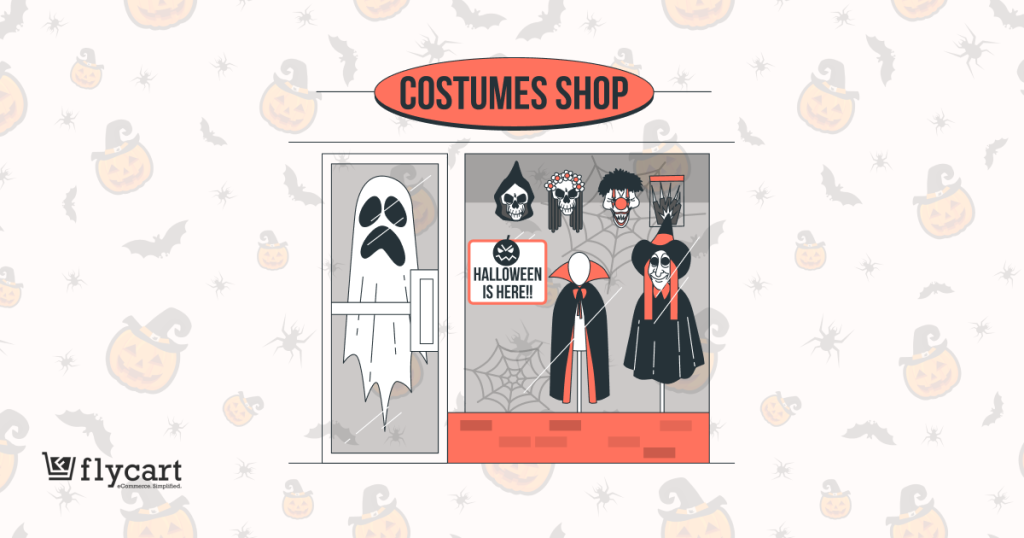Are your product pages driving fewer conversions? If yes, the problem is most probably in your descriptions. Yes, you heard that right. According to Forbes, 70% of online buyers say that the way online stores describe an item matters a lot in helping them reach a buying decision. That’s why it’s important to create compelling product descriptions to get maximum sales.
However, a common question comes to every brand owner’s and marketer’s mind: “How exactly to write sales-driven content for items?” If you also have the same query popping up in your mind, there is nothing to worry about. This article will walk you through some of the best description writing tips that will significantly impact your revenue. So, let’s get started.
Learn About Your Potential Customers First
Remember, you can’t write a persuasive copy for your readers without knowing what persuades them. Writing a product description without learning about target customers is just like going blindly without a direction. If you really want your content to facilitate decision-making, know
- Who is your ideal buyer?
- What are their pain points?
- What is their buying barrier?
- How does your product help them?
- What do they really want in an item?
You can also learn what writing format, style, and tone they prefer. Moreover, you can learn about their age, gender, buying capacity, and shopping behavior. All these things help you craft a perfect sales copy.
Avoid Saying That Someone Has Already Said
Many brands might be selling an exact item or something similar to yours. So, make sure that your description is unique enough to distinguish your products from others. A sales-driven copy always attracts customers by telling what someone hasn’t already said. Therefore, you must
- Research to see how to be unique.
- Describe the product from new angles.
- Keep your wording distinct yet compelling.
- Avoid overused phrases and formatting.
Despite these practices, you must still stay vigilant to accidental similarities to others. For this purpose, you can find similar content in your product descriptions and remove duplicate sentences or paragraphs for better results.
Be Mindful Of Your Word Choice
In a well-written product description, every word contributes to convincing the reader. Even a few inappropriate words can confuse or annoy potential buyers. Once a word impacts badly, the prospect might immediately leave reading. Therefore, be careful while choosing words to describe your items.
- Avoid long and technical terms.
- Write in a layman’s language.
- Don’t overuse adjectives.
- Use locally relevant wording.
- Refrain from idioms and fancy words.
Above all, never stick to the first draft. Instead, keep experimenting with new wording until you feel everything is perfect. You can also ask someone to review the written material from the readers’ perspective to spot further areas for improvement.
Focus On Selling Value, Not Just Features
One of the biggest mistakes people make while writing product content is glorifying features excessively. Remember, most consumers don’t care about how good an item is at working. Instead, what really matters for them is how it can help them solve their respective problems. In simple words, they want value, not just features. So,
- Give them details that truly matter.
- Keep your description benefit-oriented.
- Link every feature to an advantage.
- Address the solution through product functionality.
- Use the words that really hit a nerve.
When you talk more about how your product can improve their lives, readers are more likely to buy it. Why? Because when they perceive the value you offer, they don’t have any reason to ignore your offerings.
Ensure Your Product Copy Looks Visually Good
Words do nothing if you don’t organize them effectively. Even a compelling product description can fail to drive sales if it looks messy. Why? Because most visitors bounce back from your pages when they only see walls of text. So, along with ensuring your content sounds good, you must focus on making it visually appealing. For this purpose,
- Use short sentences and paragraphs.
- Add bullets and numbered lists.
- Separate all sections with proper spacing.
- Bold important phrases to catch attention.
- Create sufficient headings and subheadings.
- Ensure every section links logically to the next one.
Together, these practices improve the overall readability and clarity of your product pages. When the information feels neat, simple, and persuasive, there is no chance that most people will leave without making a purchase.
Make Your Descriptions Grammatically Correct
Remember, words lose their meaning when you don’t connect them with the right grammar rules. A few run-on sentences, spelling mistakes, or any kind of commonly known linguistic error is enough to hurt the buying decision. And if such errors come at the start of your page by chance, readers will instantly close their tab without thinking further. That’s why, keep your product descriptions free from
- Misspelled words.
- Subject-verb disagreement.
- Misused pronouns.
- Punctuation mistakes.
- Misplaced modifiers.
- Missing commas and periods.
However, since you will be creating many descriptions for all products, you can’t afford to burn excessive time on manual inspection of each one. So, it’s better to capitalize on a free grammar checker to perform instant and more accurate checks. This way, you save your time and effort and reduce the chances of human errors in product content.
Don’t Forget To Optimize For Search Engines
How would your product descriptions drive sales if they don’t show up in relevant searches? So, along with making them reader-friendly, don’t forget to optimize them for search engines. A well-optimized copy is more likely to appear in top results, leading to more visitors and ultimately conversions. Therefore, make sure that you
- Incorporate keywords that have high ranking potential.
- Craft click-driven meta titles and meta descriptions.
- Naturally place keywords without overstuffing them.
- Optimize images for faster and better loading.
- Create an SEO-friendly structure of product content.
- Ensure proper internal and external linking.
- Use header tags in a chronological order.
- Include only one H1 in the whole description.
Once you apply all the above-mentioned practices, your copy becomes ready to rank on search engines. The higher it ranks, the more visitors and chances of sales.
To Sum Up
After reading this guide, we hope that you have understood what matters the most in a product description. We hope that your point of view about how an item is described to drive sales is changed now. So now, when you know what really contributes to the success of your product content, we expect that you will surely succeed in creating winning descriptions.






